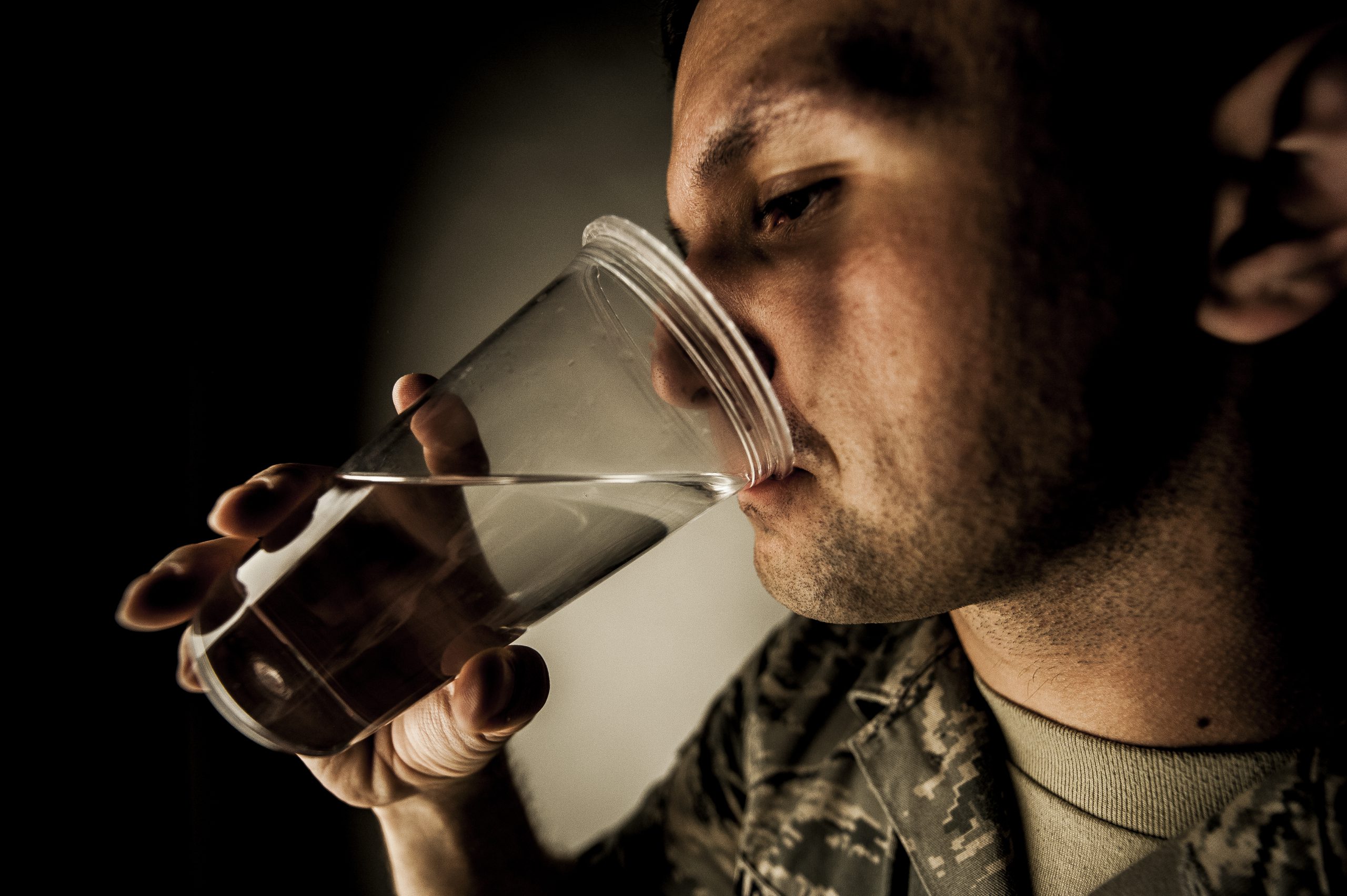An estimated 110 million people in 39 states use drinking water that has been contaminated with toxic chemicals called PFAS (per- and polyfluoroalkyl substances). This class of more than 4,000 chemicals is used in firefighting foam, food packaging, non-stick pans, clothing, building materials and manufacturing processes. Families across the country have been shocked to learn that their drinking water is contaminated with these chemicals that have been linked to numerous health problems. Many communities have been calling on the federal government to help address this drinking water crisis. And this week Congress is working to address it in a couple of ways.
First, we should see votes on both the House and Senate floors on legislation to fund the Federal Aviation Administration and to strengthen disaster programs that includes a provision allowing commercial airports to use firefighting foams that do not contain PFAS chemicals. The provision is important because much of the drinking water contamination is found near airports – military and commercial – that use PFAS-based aqueous film-forming foam.
PFAS-containing foams are in use at airports, by the military, and at ports, and by local fire districts. Firefighters apply them in fire emergencies, but also for vapor suppression after oil spills, and in regular training. Firefighting foams are also released during equipment maintenance. Firefighting foam without PFAS is being used successfully around the world, including at the Copenhagen and Heathrow airports, but federal guidelines require U.S. commercial airports to use foam that contains PFAS. Earlier this year, Washington State banned the use of PFAS-containing foams in training exercises.
The provision in the FAA reauthorization package will allow commercial airports to use non-PFAS foam. This is a good step forward to reduce the use of these toxic chemicals. We applaud the bipartisan group of lawmakers from both chambers who led negotiations of the final package: House Transportation and Infrastructure Committee Chairman Bill Shuster (R-Pa.); Senate Commerce, Science, and Transportation Committee Chairman John Thune (R-S.D.); House Transportation and Infrastructure Committee Ranking Member Peter DeFazio (D-Ore.); and Senate Commerce, Science, and Transportation Committee Ranking Member Bill Nelson (D-Fla.).
Tomorrow, the Senate Homeland Security and Government Affairs Committee’s Subcommittee on Federal Spending Oversight and Emergency Management (yes, that IS just one subcommittee) will conduct a hearing on “The Federal Role in the Toxic PFAS Chemical Crisis.” This follows a hearing that was held earlier this month in the House Energy and Commerce Committee’s Environment Subcommittee. If the House hearing was any indicator, we can expect substantial interest from senators on and off the committee, and activists from communities that have been affected across the country.
The committee will receive a letter containing recommendations on PFAS in drinking water that was organized by Safer Chemicals Healthy Families and endorsed by 45 local, state, and national organizations. In addition to EPA and Department of Defense, the witnesses will include Dr. Linda Birnbaum, director of the National Institute of Environmental Health Sciences and National Toxicology Program and representatives from communities in New Hampshire and Michigan that have been affected by local contamination. The hearing comes as the Union of Concerned Scientists Center for Science and Democracy releases a new fact sheet about military sites where PFAS contamination has been found in drinking water or groundwater.
We applaud the committee for holding this important hearing and hope that it leads to more steps forward in addressing the PFAS crisis.





